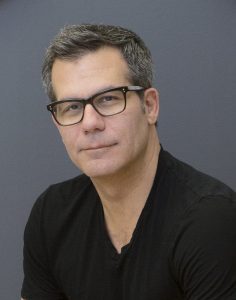
In “The Coronavirus Class Divide in Cities” published by CityLab April 7, 2020, UTTRI associated faculty Professor Richard Florida looks at how COVID-19 affects a divided workforce.
He contrasts professionals who can isolate themselves and work at home to workers who risk exposure in the course of front-line work or during their necessary commute to work on public transit.
The workforces of some cities and metro areas are more exposed and more vulnerable.
Referencing an “Occupational Physical Proximity Index,” Florida notes that some cities, like New York, “whose workforces face a high degree of risk, with larger shares of workers doing jobs that require interaction with the public and physical proximity to one another” are the most vulnerable.
Add to the occupational physical proximity the use of public transit, and the vulnerability is increased:
In addition, it [Greater New York] has the largest percentage of workers, more than 30%, that use public transportation to get to work.
Read the full article “The Coronavirus Class Divide in Cities” by Richard Florida, April 7, 2020, at CityLab.
